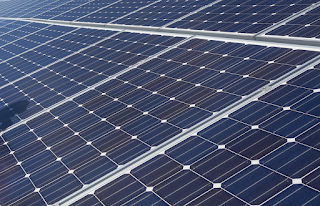The MIT report talks about the subsidies being offered in the USA based on costs of installation – a flawed approach. For instance, if the benchmark cost of installation is fixed, does that define subsidies to be provided for solar. In our view thats absolutely wrong. How do you incentive efficient and cost effective installations.
In India, for instance, the cost of grid tied installations is now dropping to about INR 65-70 per watt depending upon site location, and complexities of installation. Hence, a power plant producing about 300 KWp of rated capacity, and producing about 435000 units of electricity annually, would cost about INR 94.25 lakhs, thereby providing you with an average payback period of less than 7 years factoring in 3 % increase on prevailing electricity tariff ( average taken at INR 7.80 per Kwh – of course different states in India have different electricity tariff rates).
The report ( link attached below) essentially argues that solar energy costs more per unit of generating capacity on rooftops than on vast solar farms. Therefore if the two types receive the same cost-based subsidy then more money will be paid for less generating capacity with rooftop systems than with large utility-scale arrays.
Why the best place for solar panels may not be on your roof ?

